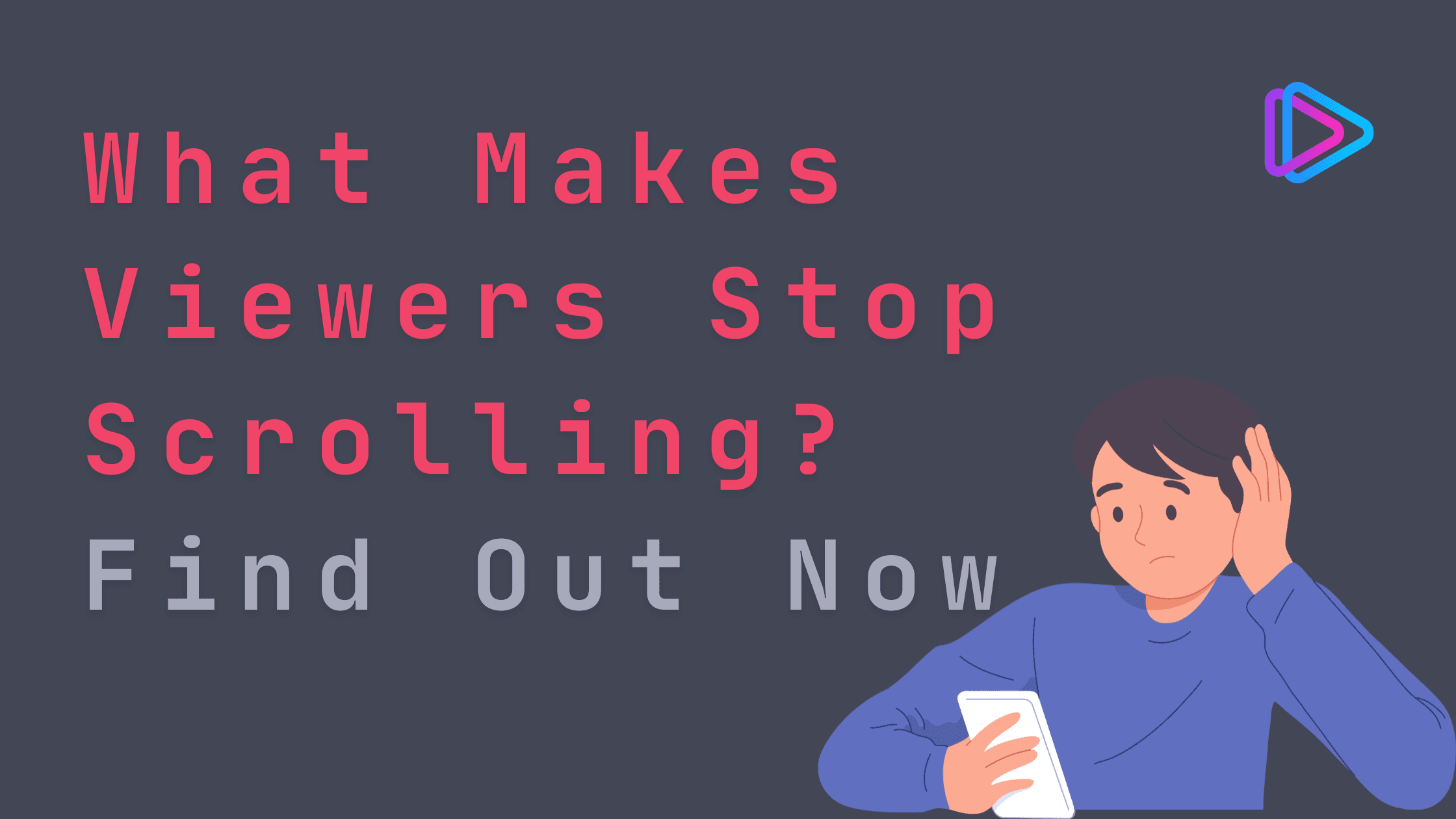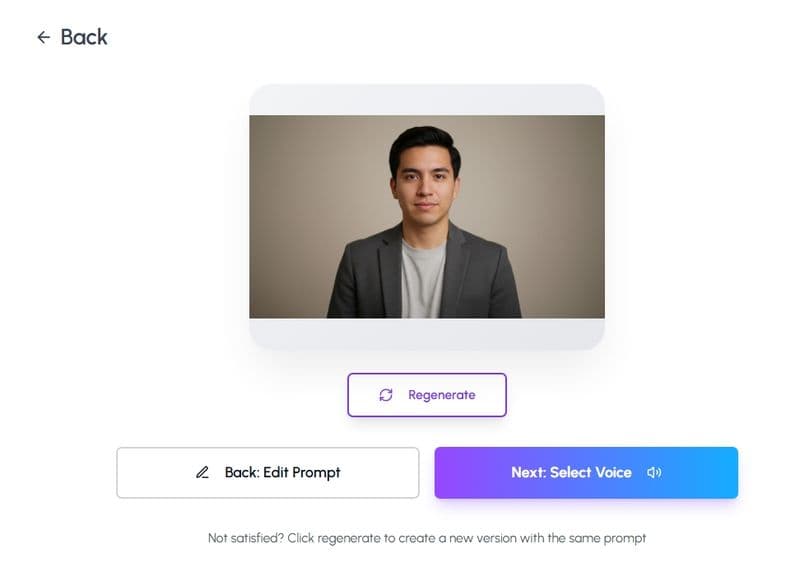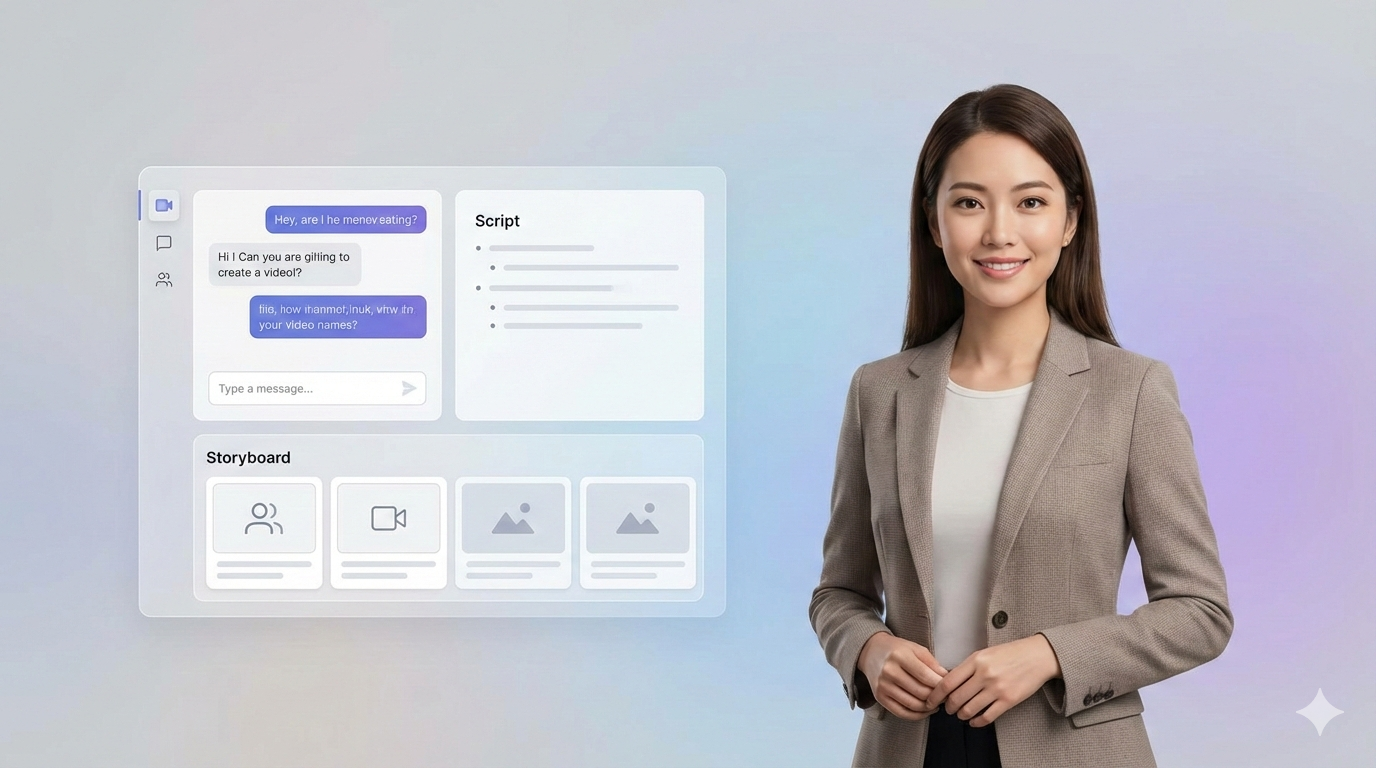
A strong opening decides whether a viewer stays or scrolls away. In fast-moving social feeds, attention spans are short. If your video does not capture interest immediately, it is lost. According to Fors Marsh Group tests, it takes only 0.25 seconds of exposure for people to recall mobile feed content at a statistically significant rate. The right hook sparks curiosity, surprises the audience, or promises something valuable. If you are a video hook writer, your job is to make those first few seconds impossible to ignore. Without an engaging start, even the best content can go unnoticed. Understanding what makes a viewer pause and watch can help your videos gain more visibility and interaction.
What makes a video hook effective?
Most people scroll through content without much thought. A strong hook disrupts that pattern. It makes viewers pause, pay attention, and want to know more. The most effective hooks:
Challenge assumptions
Introduce an unexpected idea
Present a surprising fact
Trigger an emotional response
Build anticipation for what comes next
These approaches work because they create curiosity. They make viewers feel like they need to keep watching to get the full story.
Ask a thought-provoking question
A well-placed question invites viewers to reflect. It creates a gap in their knowledge, making them want to hear the answer.
"What if AI is making your work harder, not easier?"
"Are you unknowingly wasting time with AI tools?"
"Could AI replace your job faster than you think?"
When writing a question-based hook, consider what your audience cares about. What worries them? What excites them? The more relevant the question, the stronger the impact.
Make an unexpected statement
People pay attention when something challenges what they believe to be true. A bold opening statement grabs interest and makes viewers curious about your perspective.
"AI-generated content is not as smart as you think."
"Most AI users never use its best features."
"Your AI assistant might be slowing you down instead of helping."
This approach works well because it creates tension. Viewers want to know if they agree or disagree. They stay to find out how you back up your claim.
Use a surprising statistic
Numbers add credibility and grab attention. A data-driven hook can make viewers pause and reconsider their assumptions.
“93% of marketers say video has given them good ROI.
"84% of video marketers say video has helped increase sales.”
“Websites featuring video content experience an average conversion rate of 4.8%, compared to 2.9% for those without videos.”
If you use statistics, make sure they come from reliable sources. Even better, explain why they matter. A strong hook not only presents information but also gives people a reason to care.
Using emotions to strengthen your hook
People respond to content that makes them feel something. A hook that taps into emotions creates a stronger connection.
"Imagine never having to spend hours editing AI-generated content again."
"Frustrated with unreliable AI outputs? Here is how to fix them."
"Excited about AI? This tool changes everything."
By addressing emotions, you make your content feel more personal. Viewers see their own experiences reflected in your message.
Keeping viewers hooked with cliffhangers
A well-placed cliffhanger keeps people watching by creating an unresolved question.
"I tested five AI tools, and the winner surprised me."
"This AI tool is breaking records, but is it actually useful?"
"I stopped using AI for a week. Here is what happened."
Cliffhangers work because they create a sense of anticipation. Viewers need to see the resolution, so they stay engaged longer.
Crafting video hooks for different platforms
Not all social media platforms work the same way. A good hook needs to match the style and pace of the platform where it is used. For example, On Facebook's news feed, users typically engage with a piece of content for an average of 1.7 seconds on mobile and 2.5 seconds on desktop before deciding whether to continue interacting.
YouTube: Build anticipation and credibility
Hooks can be slightly longer (10 to 15 seconds)
Use storytelling to draw viewers in
Thumbnails and titles should create curiosity
Speak directly to the audience for a personal touch
Since YouTube videos tend to be longer, you have a few extra seconds to build intrigue. However, those first moments still need to be strong enough to prevent viewers from clicking away.
Instagram, TikTok, LinkedIn, and Facebook Reels: Grab attention instantly
The first three to five seconds are crucial
Use bold visuals and text overlays
Keep language short and direct
Fast-paced editing keeps viewers engaged
Short-form videos demand immediate impact. A slow start means people will swipe away before they hear your message.
A strong hook is more than just an attention grabber. It sets the stage for your entire video. If your opening line sparks curiosity or emotion, viewers are far more likely to stay and engage with your content.
The best way to improve your hooks is to test different styles. Try questions, bold statements, or emotional appeals. See what connects with your audience. Over time, you will notice patterns in what keeps people watching.
Which hook strategy do you plan to try next? Let us know in the comments.
📖 Further Reading:
• For further script refinement, check out “How to Master Iterative Prompt Refinement for AI Script Writing (Step-by-Step Guide)”
• Learn how hooks impact overall engagement in “What is Search Intent? (And Why It Matters for AI Video Content)”


